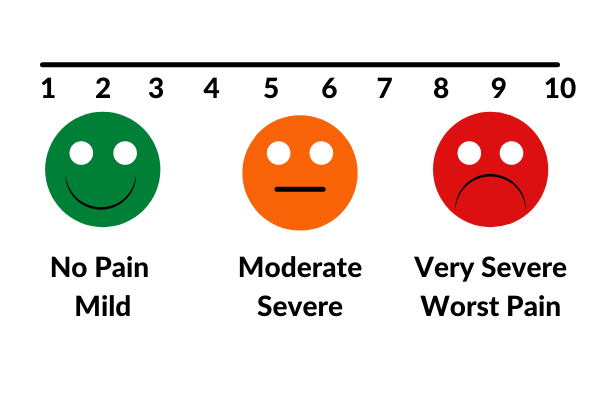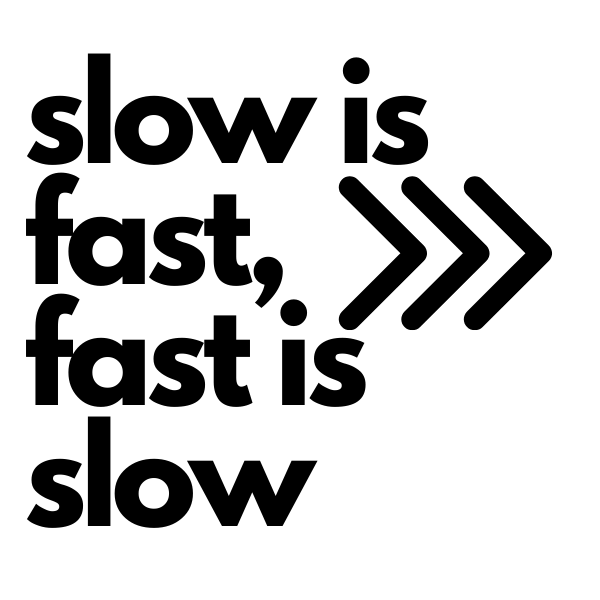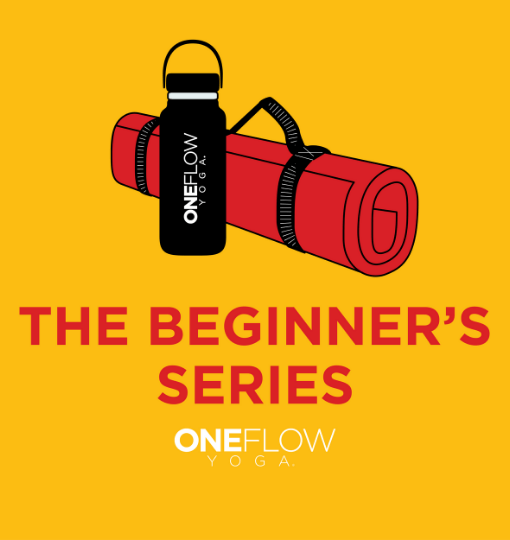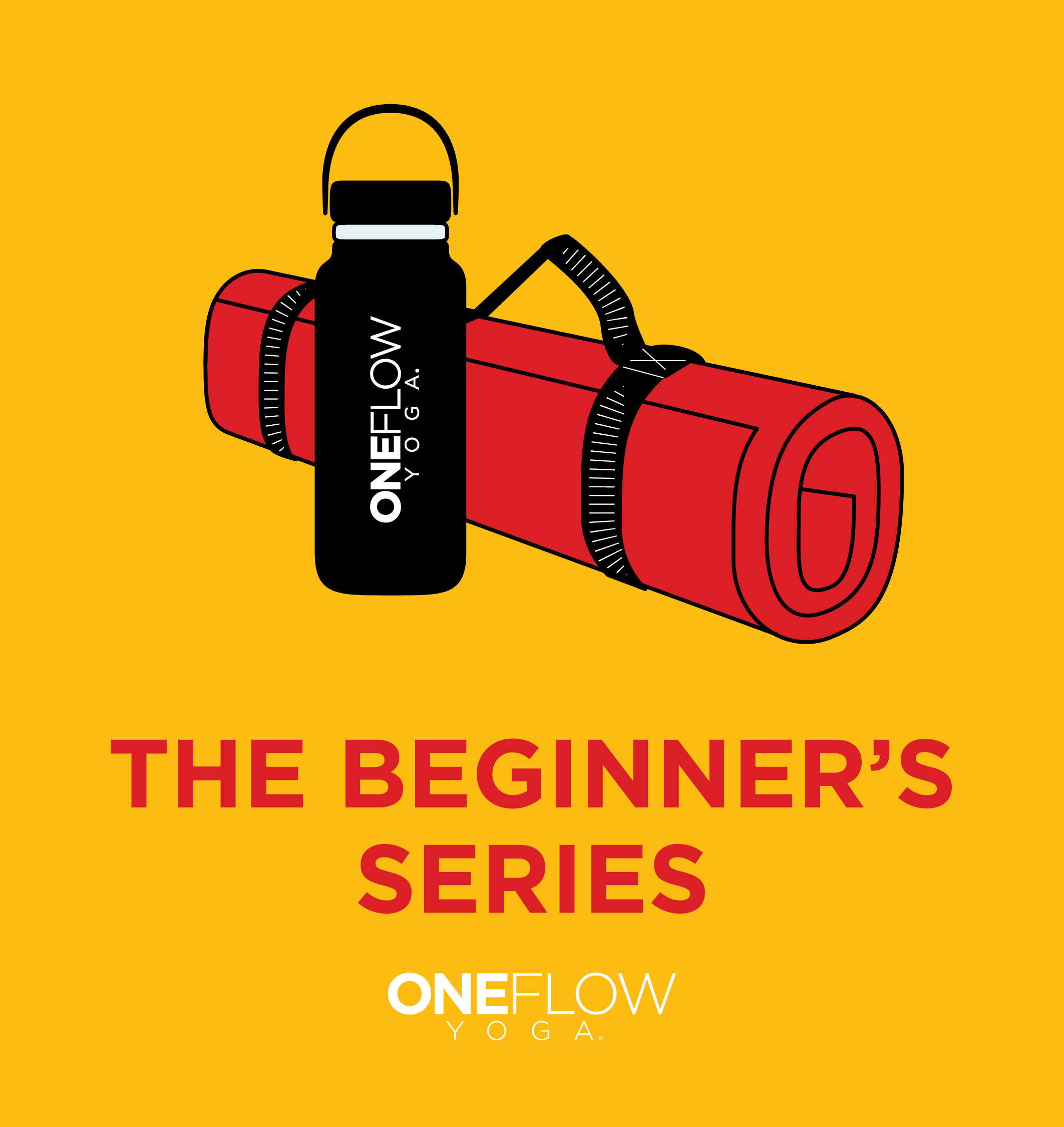Intuitively, when you ask, “does yoga hurt” you may be wondering if pain is a normal part of yoga. Perhaps you’ve tried yoga recently and found yourself sore the next day. Or it’s been a week, and you are still feeling the effects of the practice that’s supposed to be good for you. Let’s clear up the main thing about pain and yoga:
No, yoga should not hurt or be painful. Pain is a signal that is telling you that something is wrong. Pain invites you to stop and pay attention, which are core aspects of yoga.
There is a lot of confusion about pain and soreness and the difference between “good pain” and “bad pain”. After reading this, you’ll know what’s appropriate and not when it comes to pain, what to do when you have pain, and tips to avoid soreness altogether.
This applies whether you are practicing yoga or engaging in other physical pursuits.
Pain, Hurt, and Yoga
Pain is Subjective
We all have pain, and yet it can be hard to determine with objective measurements. This is why in hospitals, they use visual analog scales to tell the degree of pain you feel.

Pain varies from person-to-person and even day-to-day and is something you physically and emotionally sense.
Whatever your pain perception, though, you shouldn’t be experiencing it in yoga.
Pain is Positive
Pain is a good thing. Imagine you didn’t have the ability to sense pain, and you touched a hot stove. Without the “ouch” caused by the heat, you wouldn’t instinctively pull away, and you would be severely burned.
Pain is your body telling you that something is going on. It’s your body’s way of trying to protect you.
But pain signals only work if we heed them. If we ignore or take steps to numb, cover, or mask them, instead of addressing the core issue, severe damage can be done.
Yoga, when used properly, can help to relieve pain, but whatever heals can hurt.
The Pain Cycle
Having a long, pain-free yoga practice is possible. However, you should also be aware of how the cycle of pain works so you can take quick action when you are sore or hurting.
There are four stages to the pain cycle.
| Stage | Name | Characteristics |
| Stage 1 | Pain | You experience the sensation of pain, hurt, or soreness in your body. |
| Stage 2 | Avoidance | During this stage, your body will avoid the painful area by guarding. |
| Stage 3 | Weakness | Because your body is avoiding the painful area, that area will not be used and can atrophy and weaken from underuse. |
| Stage 4 | Compensation | If you continue to practice yoga or do other exercises, your body will put the work on another body part that is less capable of handling the load. This stresses that secondary body part and can lead to pain and even injury there. |
Suppose you felt pain in your upper back after practicing yoga. Your body now avoids that area because it’s trying to protect you.
You decide to keep practicing, but skip any postures that require you to use your upper back. That can lead to weakness in your upper back, stage 3.
You decide it’s been long enough, and you add in a few poses that require upper back strength. Because of stages 1, 2, and 3, your body shifts the work from the upper back to your lower back. Unfortunately, your lower back is not designed to replace the upper back, and trying to do so creates pain there too.
The cycle repeats.
How to Break the Pain Cycle
At the first signs of entering the pain cycle, you want to be alert and stop it quickly.
The cycle is perpetuated by continuing to do what you’re doing. You can break the cycle in 3 ways:
- Assess
- Rest
- Learn
When we experience pain in yoga, it’s an opportunity to reassess and ask questions, such as:
- Is this a good idea?
- Should you keep doing what you are doing?
- What is really going on?
- Will this pain lead to injury?
Next, think about giving your body time to rest and recover. When you are beginning yoga, plan on taking 2 days off for every day you practice. You can take fewer days off as you get stronger in the practice.
Some pain can be caused by a lack of knowledge. Newer practitioners commonly try to push and pull themselves into new yoga postures that can create unnecessary suffering. Knowing the goals of yoga and having some basic anatomy, as well as awareness of the postures can go a long way to keeping you pain-free.
The best overall strategy is to prevent pain from occurring altogether.
How to Practice Yoga and Minimize Pain

If you want to avoid pain when practicing yoga, then your new best friend should be called “progressive overload.” This is the exercise-science principle that says if you want to get stronger and allow your body to adapt, you must slowly add more challenging loads.
A load is the effect of a force applied, imposed, or exerted on your body.
What causes pain is when your body is unprepared for a given load. Your body tries to ineffectively handle the load, which over-stresses it and can lead to pain, soreness, and injury.
To better prepare, add new loads and demands on your body, slowly.
What this looks like in yoga is that if you’re just beginning, take it easy. You can do this starting with shorter times and working your way up to longer. Or you may seek out classes for beginners that are designed to help you build strength and skill gradually.
We can look at weight-lifting for comparison. When you are new to lifting, it’s a good idea to start with lighter weights and work your way up. Lifting too much too soon can lead to pain in a hurry.
That’s not how we tend to think, though. Instead of easing into things, we go for big weights or try to do a physically demanding level 2 yoga class on our first day. The result is predictable, aches, pains, and soreness.
Remember, just because it’s yoga, it’s not always beneficial. I’ve seen people practice weekend-long hip workshops and then had to take a few weeks off because they did too much.
At the other end of the spectrum is practicing enough to progress. If you do yoga the recommended 2-3 times per week, then you’ll start to see pain-free results. Practicing only once-in-awhile will not allow your body the time it needs to build strength.
As the sign says, if you slowly build up to different postures, levels of intensity, and longer practices, you’ll get there faster than overdoing it, which can cause you to stop and recover.
Difference Between Pain and Muscle Soreness
Delayed onset muscle soreness is familiar to most people who have picked up a new activity. It is differentiated from the soreness from the pain that happens in the middle of exercise because it is delayed, typically 12-24 hours after doing the activity.
According to the American College of Sports Medicine, “Any type of activity that places unaccustomed loads on muscles may lead to delayed onset muscle soreness.”
Technically, what causes delayed onset muscle soreness (DOMS) is eccentric muscle overload, where the muscle lengthens as a force is applied.
In yoga, we lengthen muscles constantly, and force can be determined by how hard you contract them, in addition to the duration and the level of intensity.
What increases soreness? More repetition. If you do 15 chaturangas when you’ve never done 1, you’ll experience more soreness than if you do a couple.
Again, if you practice progressive overload and slowly adapt to the yoga classes you are doing, you can reduce the possibility and degree of soreness.
Practice with Comfortable Discomfort
I frequently advise students to practice in a way that provides comfortable discomfort. I also call it “baby bear” yoga where you don’t want it too hard or too soft, but just right. If there’s no challenge in your yoga, you won’t get stronger, nor will it invoke any inner work. But if it’s overwhelming, it can hurt you.
Yoga can make you more skilled at feeling and differentiating sensations. We call this somatic awareness, and it can help you practice smarter.
The concept is simple, you become more attuned to the sensations that are going on within your body.
Recall that pain is a physical and emotional experience. When you have somatic awareness, you can sense very subtle pain before it grows into something bigger. Knowing this, you can determine when you’re entering the pain cycle before you’re all the way in.
Yoga has the potential to keep you healthy. When practiced consciously, it can reduce pain and relieve chronic tension, like in your shoulders, hips, and lower back. And yoga can relieve old pain that has left a lingering sensation, even though the cause is extinct.
Tips to Avoid Yoga Soreness
- Keep Alert–Yoga has the potential to heal and harm.
- Progress Gradually–Shorter classes. Level 1. Take breaks, like in child’s pose.
- Warm-up–Especially with dynamic movements.
- Continually Practice Yoga–Your body will adapt.
- Follow a Smart Schedule–Allow 2 days off between sessions. If you practice yoga while sore, you can do further damage.
- Beware of Masking Pain–Ibuprofen, massage, etc., only address the symptoms. The muscle damage is still there.
- Stay Hydrated Before, During, and After–The after part is crucial to recovery.
- Sleep and Rest–Your body recovers and rebuilds while you sleep.



